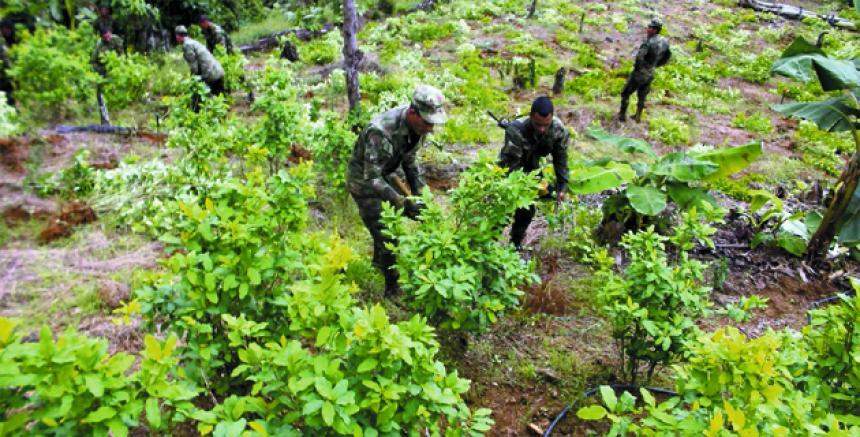Colombian Government and FARC begin drug-crop substitution program


A total of 1 trillion pesos (around $340 million) has initially been earmarked for the program, all of which will come from the national budget, Post-Conflict Minister Rafael Pardo said, though adding that the government hopes to enlist international cooperation.
Point four of the peace agreement, signed by the government and the FARC on Nov. 24 in Bogota, calls for the substitution of illicit crops and the transformation of territories affected by the decades-old armed conflict.
During the conflict, Colombian authorities sought to implicate the guerrillas in drug trafficking, while the FARC said they merely imposed a “tax” on coca, marijuana and opium poppies that peasants resorted to growing in the face of official neglect.
Pardo said the program would initially focus on 40 municipalities where 50 percent of the country’s coca – the raw material of cocaine – is grown, starting with Guerima, a hamlet on the edge of the Amazon rainforest in Vichada province; and La Montañita, a town in the southern province of Caqueta.
The minister said the goal in narrowing the focus of the crop substitution efforts was to ensure security conditions for peasants and members of the FARC.
Technicians will decide what legal crops should be grown in those areas based on the characteristics and possibilities of each region, according to Pardo, who added that cacao could be a good alternative.
Families who commit to the voluntary drug crop-substitution program will receive a monthly stipend of 1 million pesos, as well as two other one-time payments: one of 1.8 million pesos for implementing food security projects and another of 9 million pesos for projects including fish and poultry farming.
EFE |





